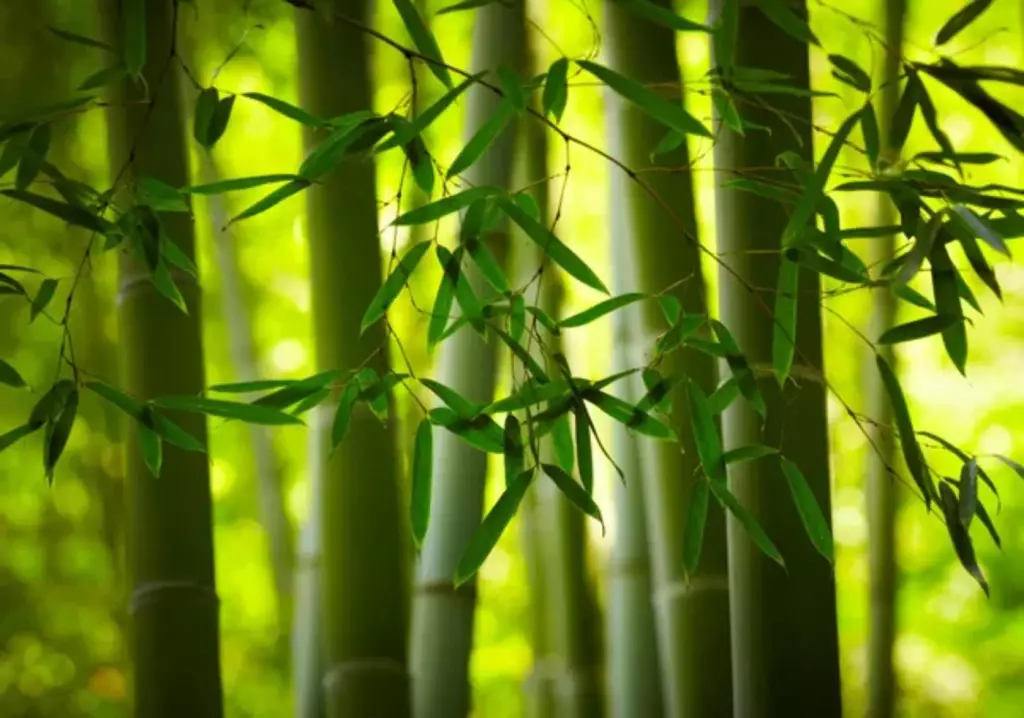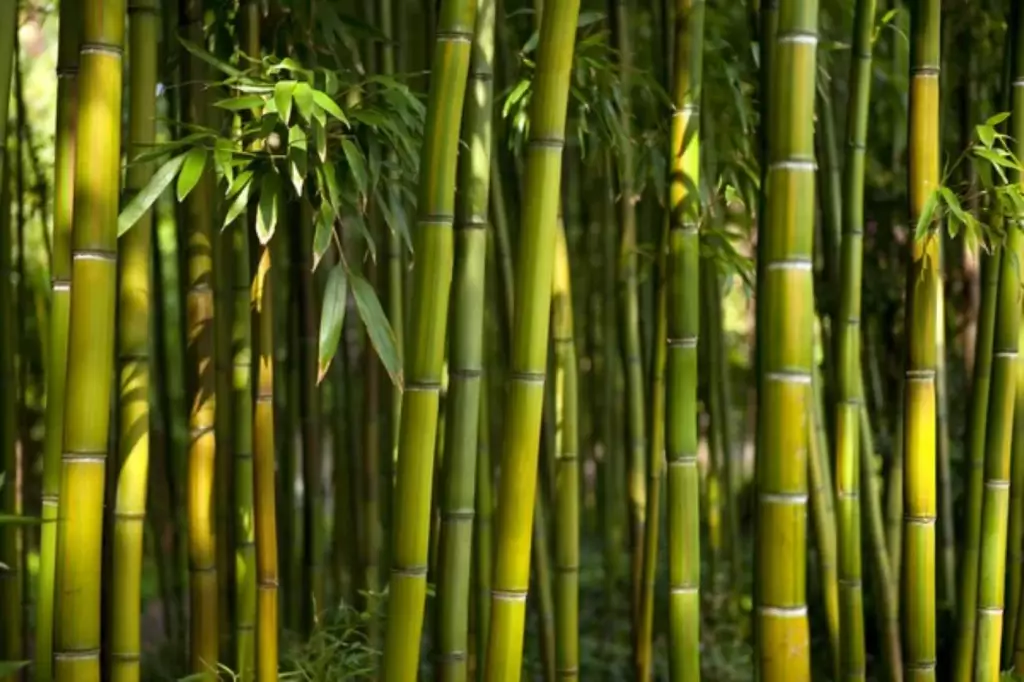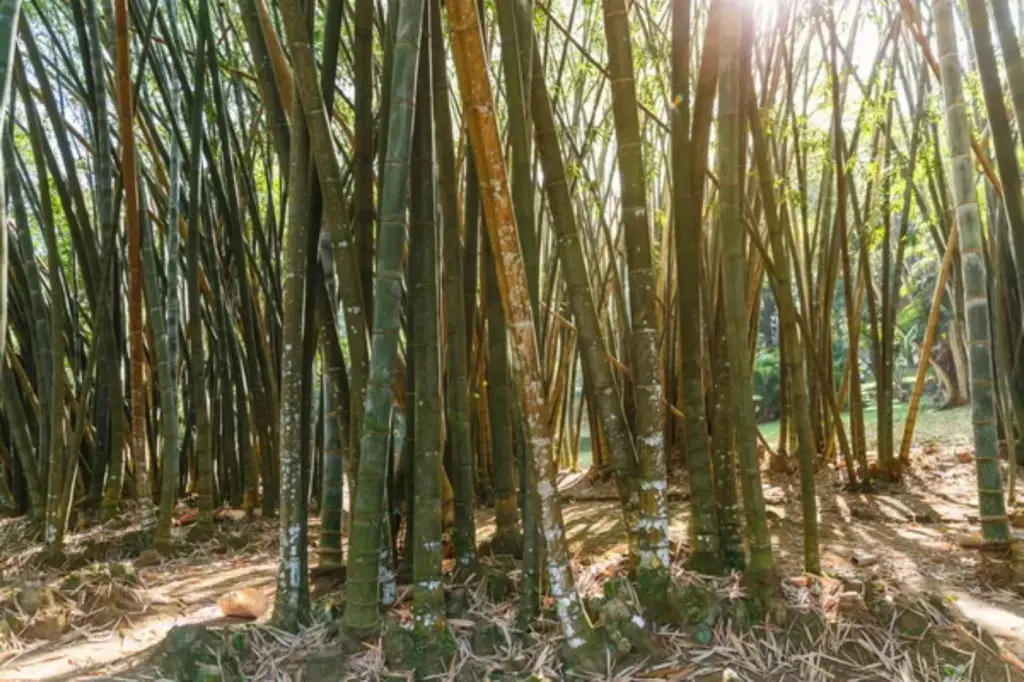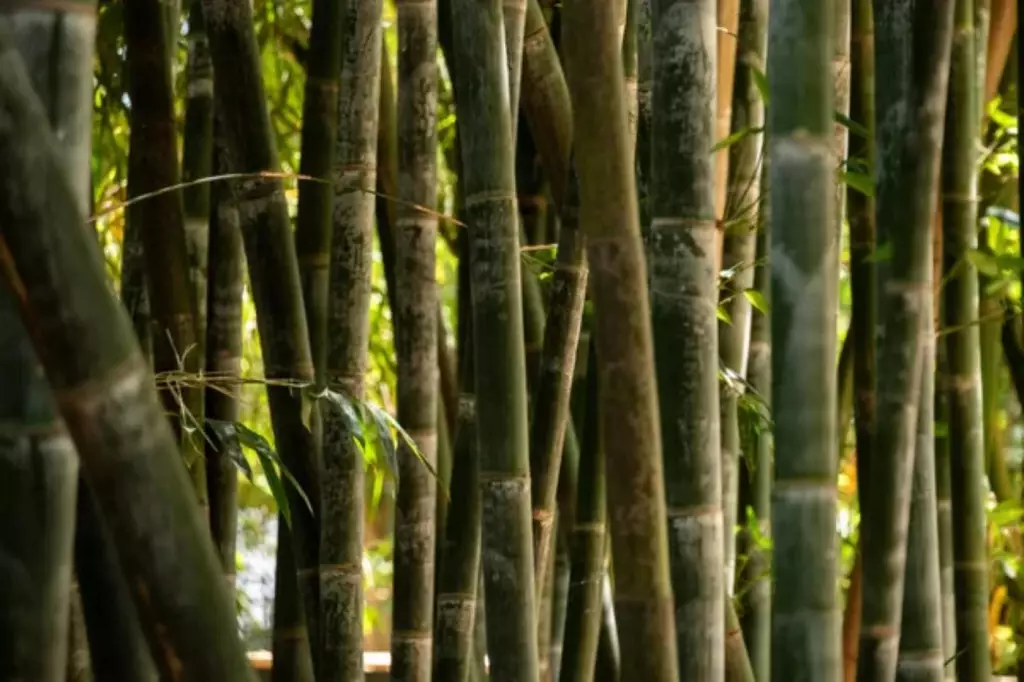Average Bamboo Growth Rate: How to Speed It Up
Bamboo is renowned for its remarkable growth speed. However, the average growth rate varies significantly among the different types of bamboo, influenced by factors such as climate, soil quality, and water availability. In this article, we'll explore the average rates at which different bamboo species grow and the environmental conditions that influence these rates.
Bamboo grows remarkably fast, with an average rate of up to 35 inches per day for some species. Speeding up its growth involves ensuring ample water, appropriate fertilization, choosing the right species, and providing sufficient sunlight, which mimics bamboo's natural habitat, promoting optimal growth.
If your bamboo is taking its sweet time to grow, it might be whispering a need for help. Often, slow growth is a sign that it's not getting something it craves, like enough water, sunlight, or the right nutrients from the soil. Let's see what challenges hamper the growth of bamboo, and how you can resolve each one.
Summary
- Different bamboo species have vastly different growth rates, with running bamboo growing up to 90 cm per day while clumping bamboo grows up to 40 feet in 5 years. The Chinese Moso can grow almost 1 meter per day.
- To speed up bamboo growth, consistent moisture, 4–6 hours of direct sunlight daily, warm temperatures between 68°F and 95°F, and nitrogen-rich fertilizer containing 5-8% nitrogen are required.
- Bamboo growth begins underground as rhizomes spread and produce shoots that emerge rapidly during the active growing season and reach maturity in 3–5 years, depending on the species.

On this page:
Bamboo Varieties and Their Growth Rates
Bamboo is an incredibly diverse group of plants, and it's important for you to understand that different bamboo species have different growth rates. Let's look at some varieties and how fast they can stretch towards the sky.
| Bamboo Variety | Growth Rate Range |
|---|---|
| Clumping bamboo | Up to 40 feet in 5 years |
| Running bamboo | Up to 90-100 cm per day |
| Giant bamboo | Up to 35 inches per day |
| Dwarf bamboo | Varies by species |
Running bamboo has an extensive growth rate
This type creates an extensive network of underground rhizomes. Running bamboo is known for its speedy spread, which can be a concern for containment.

Clumping bamboo has a slower growth rate
A friendlier option for your garden, clumping bamboo expands slowly due to its tight growth pattern. It's an excellent choice if you want to keep your bamboo in check.
Each variety has its own speed. For example, the Chinese Moso, a type of giant timber bamboo, can grow almost one meter in a single day.
That's faster than nearly any other plant on earth! On the other hand, some temperate bamboos grow at a more moderate pace.
Bamboo Growth Rate per Year
Bamboo is renowned for its rapid growth, with some species capable of growing up to 35 inches a day. Annually, this equates to an impressive growth spurt.
Certain species, under ideal conditions, can grow an average of 1 to 4 feet per year. Here's a simplified table that outlines the growth rates for common types of bamboo:
| Bamboo Type | Average Yearly Growth |
|---|---|
| Phyllostachys edulis (Moso) | 2-4 feet |
| Bambusa oldhamii | 1-3 feet |
| Fargesia rufa | 1-2 feet |
To enhance your bamboo's yearly growth, providing ample water, sunlight, and nutrient-rich soil is key. Seasonal factors and local climate also influence growth. For example, in the spring, many bamboos experience a growth surge, especially during their first few years.
While bamboo can be quite hardy, the actual growth you'll see in your garden can vary widely based on these conditions.
Remember to maintain your bamboo to encourage healthy growth. Pruning, correct fertilization, and managing sunlight exposure can all contribute to the speed of bamboo growth in your yard.

Bamboo Growth Rate per Day
Bamboo is often cited as the fastest-growing plant on Earth. With optimal conditions, certain species of bamboo can grow up to 35 inches (90 cm) in a single day.
| Condition | Growth Range |
|---|---|
| Optimal | 30-35 inches/day |
| Moderate | 15-20 inches/day |
| Poor | 5-10 inches/day |
To ensure your bamboo thrives, pay close attention to:
- Sunlight: Bamboo needs ample light for rapid growth.
- Soil Quality: Nutrient-rich, well-draining soil ensures better growth.
- Watering: Keep the soil moist but not waterlogged.
Remember, environmental factors greatly impact growth rates. Achieving these maximum heights per day requires ideal conditions which may not be common in every environment. For best results, monitor and adjust care for your bamboo accordingly.
Life Cycle of Bamboo
The life cycle of bamboo involves distinct phases, each with its unique growth patterns and characteristics. You will notice how the plant evolves from its initial sprouting to full maturity and eventually reproduction.
Shoot development and germination
When you plant bamboo, the initial phase is marked by shoots and germination. Bamboo growth begins underground as rhizomes spread and produce shoots.
These new shoots, or culms, burst from the ground during the active growing season, which is typically in the spring for many species.
Moso bamboo (Phyllostachys edulis), for example, starts as small shoots and can emerge rapidly from the soil under the right conditions. For this reason, Moso bamboo is one of the most profitable types of bamboo for cultivation.
Maturing phase
As these new shoots reach the surface, they quickly grow in height and diameter over several weeks. This period is when you'll see the most noticeable growth, after which the shoots begin to harden and develop into bamboo culms.
The culms will reach maturity within a few years, varying among species. For instance, Phyllostachys edulis can take about three to five years to fully mature.
Flowering and reproduction stage
Flowering is a rare and unpredictable event in a bamboo's life, often occurring only once every several decades. After flowering, bamboo can produce seeds, which then fall to the ground and may germinate to create new bamboo plants.
Post flowering, the mature bamboo often dies, which can be an opportunity for new growth if seeds are produced and germinate successfully.
How Do You Make Bamboo Grow Faster
To enhance the growth rate of bamboo and ensure its rapid maturation, you need to optimize several environmental and care factors.
| Factor | Estimated Range for Optimal Growth |
|---|---|
| Temperature | 68°F to 95°F (20°C to 35°C) |
| Humidity | 40% - 60% |
| Sunlight | 4-6 hours of direct sunlight daily |
Water speeds up bamboo growth
Consistent moisture is paramount for bamboo growth. Regular watering to keep the soil moist, yet avoiding waterlogged conditions, ensures the bamboo has the necessary hydration to thrive.

The amount of light the bamboo plant receives affects its growth
Bamboo requires at least 4-5 hours of direct sunlight daily to foster healthy growth. For indoor plants, positioning them in a bright, sunny spot is essential.
Adequate sunlight is needed with an optimal range of 4-6 hours of direct exposure each day to maximize growth potential.
Optimizing growth with nitrogen-rich fertilization
Utilizing a nitrogen-rich fertilizer during the growing season significantly supports bamboo's robust growth. Nutrient availability, especially nitrogen, plays a crucial role in accelerating growth.
| Nutrient | Estimated Range for Fertilizer |
|---|---|
| Nitrogen (N) | 5-8% |
| Phosphorus (P) | 2-4% |
| Potassium (K) | 2-6% |
Climate considerations for faster growth rate
The local climate, particularly warmer temperatures and high humidity levels (ideally between 40% and 60%), significantly influences bamboo's growth rate. Bamboo thrives best in temperatures ranging from 68°F to 95°F (20°C to 35°C). It's one of the most profitable crops for small farms in regions like Australia.
Conditioning the soil for a more speedy growth
Fertile, well-draining soil is essential for healthy bamboo growth. Soil quality, including its type and nutrient availability, is fundamental. A rich soil base facilitates the spread and nutrient absorption of rhizome roots, directly impacting growth.
Why Is My Bamboo Growing So Slowly?
Your bamboo's growth might be lagging for a few identifiable reasons. Remember that bamboos thrive under the right conditions.
If your bamboo seems to be growing slower than expected, it’s time to examine a few key aspects of its care and environment.
It might have nutrient deficiencies
Bamboo requires a balanced diet to grow. If your plant isn't getting the nutrients it needs, its growth will be stunted. To remedy this, consider using fertilizers that are rich in nitrogen, which is essential for bamboo growth.
Watering issues
- Too little water: Bamboo plants are thirsty; without sufficient hydration, growth may slow down.
- Too much water: Overwatering can lead to root rot, which stunts growth.
It might not be receiving enough light
Bamboo needs an optimal amount of sunlight to flourish. If your bamboo isn't receiving enough light, its energy for growth will be compromised. Conversely, too much direct sunlight can cause a leaf scorch, adversely affecting its growth.

The roots might be constrained
If your bamboo is planted in a pot, it might simply be running out of space. When roots can't expand, the plant can't grow. Perhaps consider re-potting your bamboo into a larger container with fresh soil to give it more room to grow.
